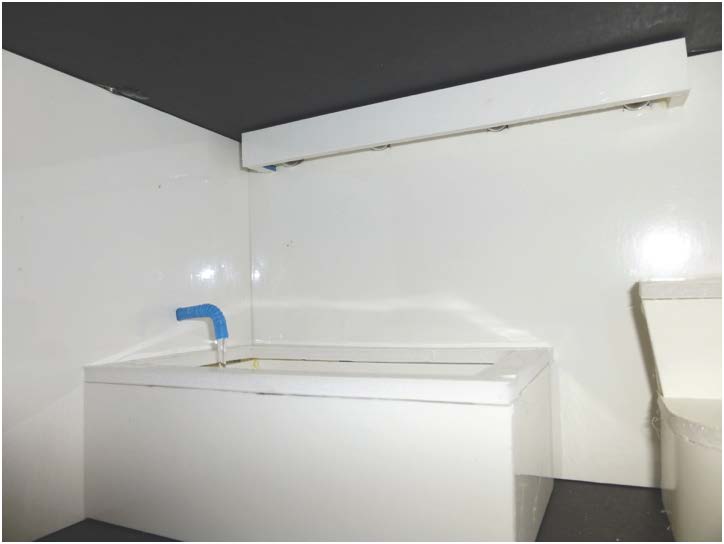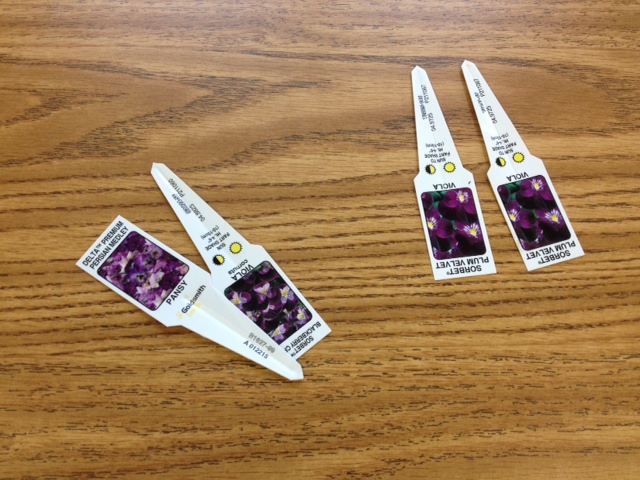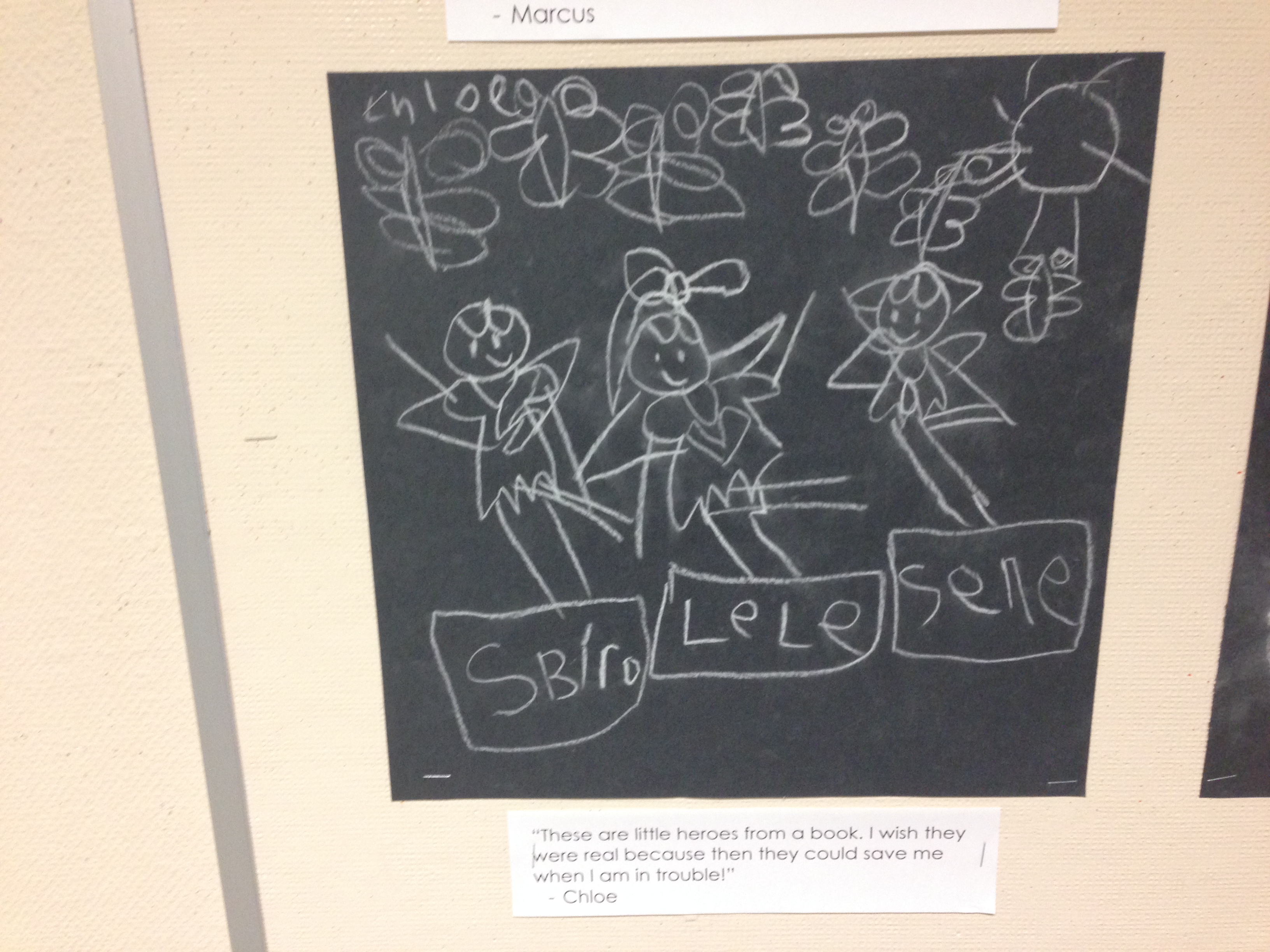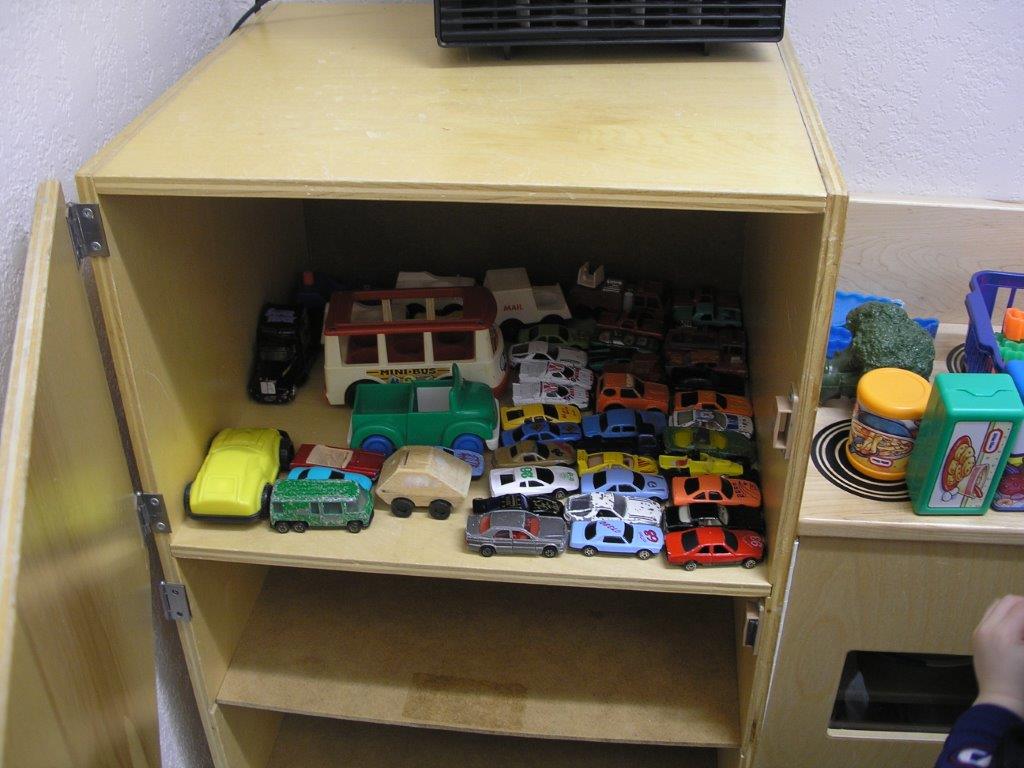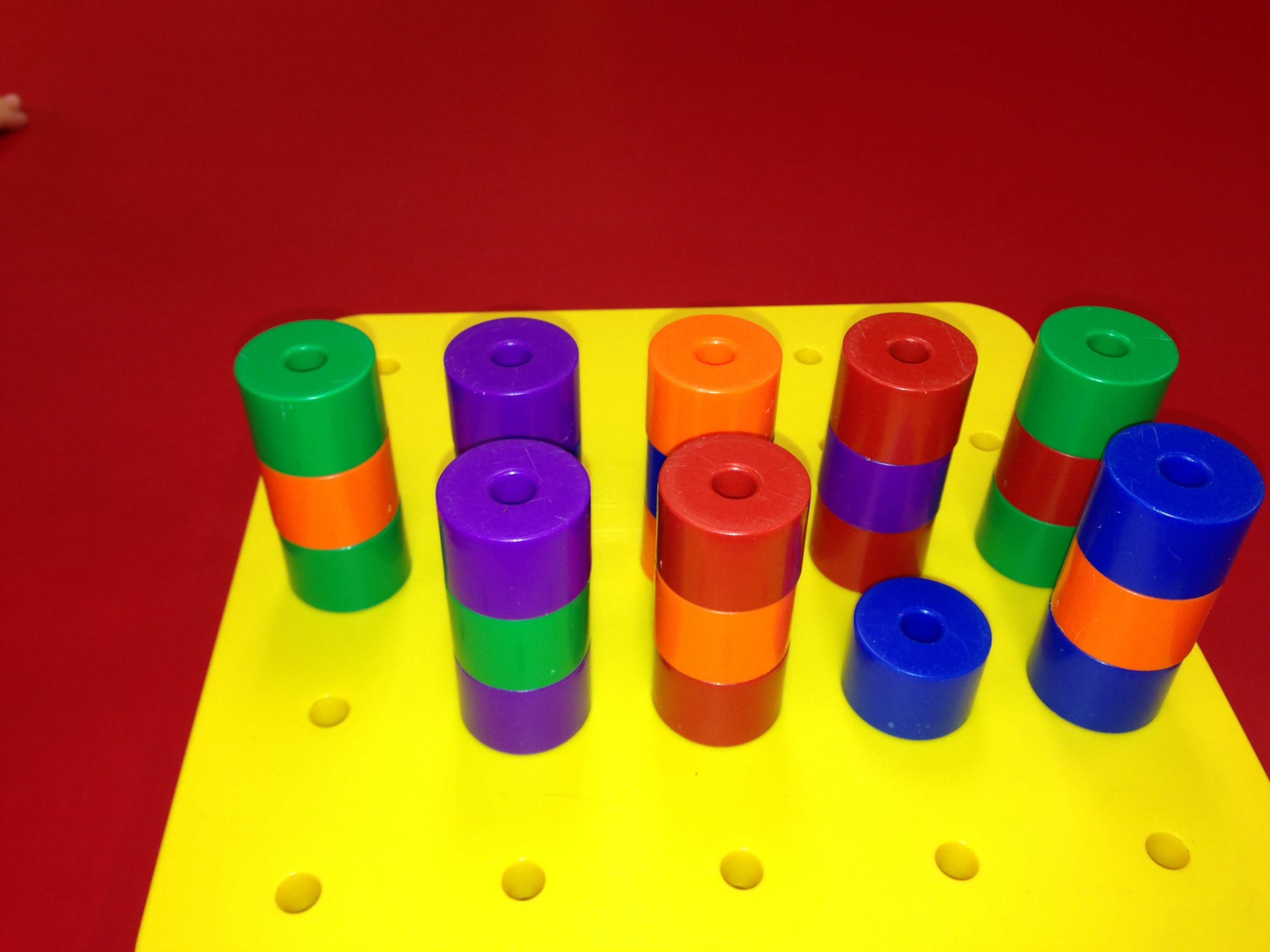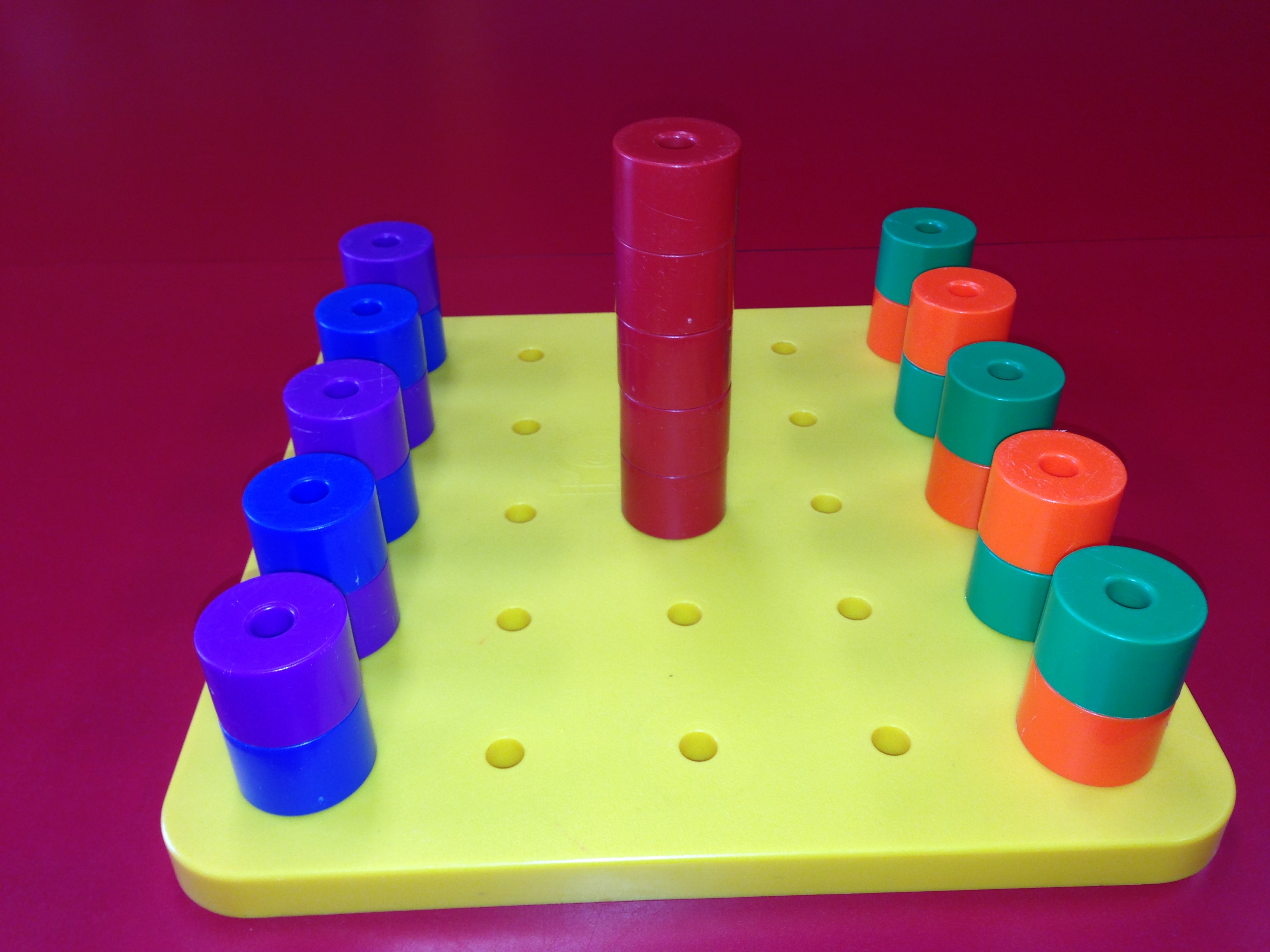Context
This student made a model of a house for a Science Fair project and applied his knowledge of circuitry to put in lighting. Once he had lighting, he wished he had plumbing too but could not immediately see a way to do that. However, one day he had an “Aha!” moment about how to get running water in his house:
Student: One day I was drinking from a juice box and I squeezed too hard and the juice went everywhere. I thought I could use that idea for the water in my house.
He filled a water bottle about one third full and attached a straw to the cap. He then attached a tube to the straw. When he squeezed the bottle it would force the water through the tube into the bathtub. There was a drainage hole in the tub to recycle the water back to the water bottle. His idea was new to him, and had value in the context of his project.
Illustration
Activity Photos
I can get new ideas in areas in which I have an interest and build my skills to make them work.
I generate new ideas as I pursue my interests. I deliberately learn a lot about something by doing research, talking to others, or practicing, so that I can generate new ideas about it; the ideas often seem to just pop into my head. I build the skills I need to make my ideas work, and I usually succeed, even if it takes a few tries.

